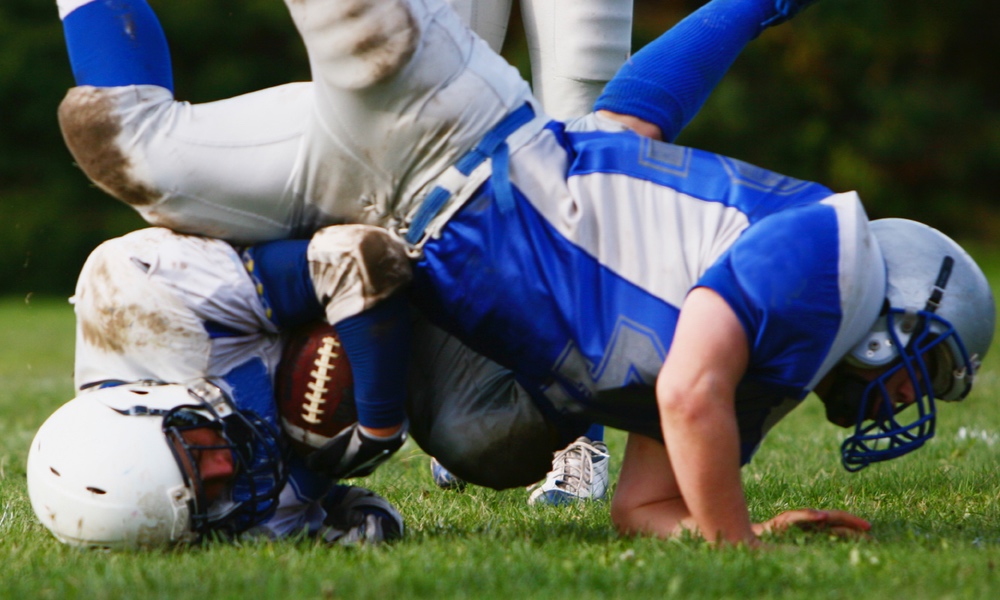Though the NFL may not like to admit it, there’s not much doubt that football can cause serious and irreversible damage to the brain. And it’s not just concussion-level injuries that can lead to brain damage, but sub-concussive hits that can also pose serious risk over time, as research in recent years has shown.
The damage shows up pretty quickly. The repeated, modest hits that are common when playing football can cause changes in the brain that can be seen within just one season, a study from Carnegie Mellon University and the University of Rochester Medical Center finds.
“Public perception is that the big hits are the only ones that matter. It's what people talk about and what we often see being replayed on TV,” said study author, Brad Mahon, in a statement. “The big hits are definitely bad, but with the focus on the big hits, the public is missing what's likely causing the long-term damage in players' brains. It's not just the concussions. It's everyday hits, too.”“It's not just the concussions. It's everyday hits, too.”
The team followed 38 college football players through a season, scanning their brains with MRI at its start and end. They also outfitted the players’ helmets with accelerometers, to measure the force and direction of each hit, recording hits that were 10 gs or greater (“gs” refers to a unit of acceleration equal to the acceleration of gravity at the earth's surface). To give perspective, the researchers say a car crash can be 100 gs.
Of particular interest was an interior brain structure, called the midbrain, because it’s more rigid than other areas, and so, the researchers reasoned, might be subject to more damage. They looked for evidence of changes to the white matter, the cells’ connective network that allows them to communicate with one another.Rotational hits, which cause the head to twist, were correlated with white matter changes: the more hits a player had, the more changes in the white matter were observed.
During the season, the players together sustained almost 20,000 hits, though only two led to an actual concussion diagnosis. Rotational hits, which cause the head to twist, were correlated with white matter changes: the more hits a player had, the more changes in the white matter were observed. Linear hits, which come straight on, as in head-to-head hits, also showed a correlation, though it wasn’t as pronounced as rotational hits.
Players with concussion events also had white matter changes in their midbrains and this was linked to tau protein in their blood. The results confirm the team’s initial findings, and suggest that damage in the midbrain may be a good marker for trauma.Tau is one of the two major proteins in Alzheimer’s disease, and builds up when the brain is damaged by hits.
“We also need to re-evaluate how we make return-to-play decisions,” said Hirad. “Right now, those decisions are made based on whether or not a player is exhibiting symptoms of a concussion like dizziness or loss of consciousness. Even without a concussion, the hits players are taking in practice and games appear to cause brain damage over time.”
The study is published in the journal Science Advances.





